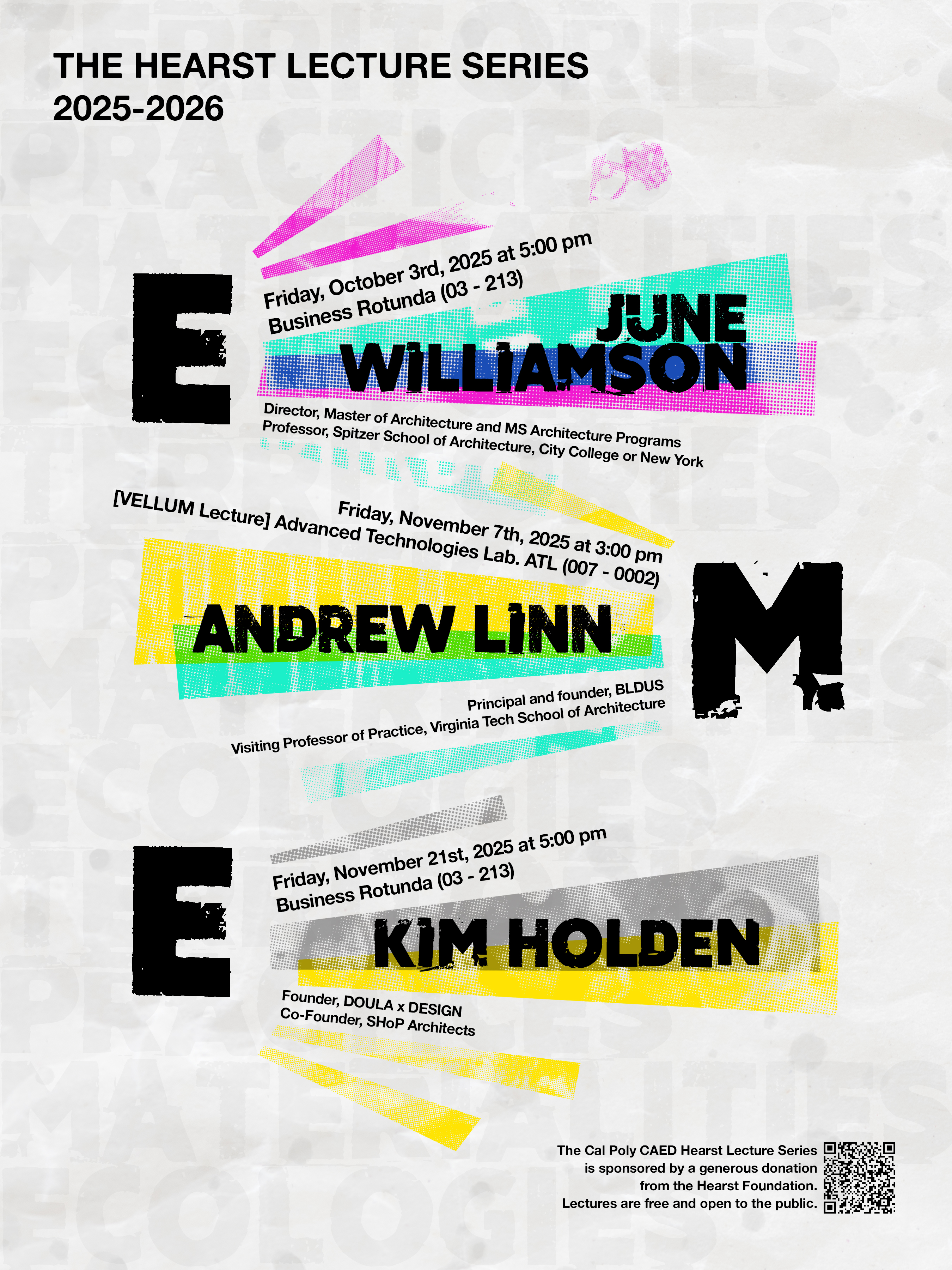Landscape Architecture Hosts 2024 Xtreme LA Challenge
by Caroline Roistacher
For the first time in its history, Cal Poly’s Landscape Architecture (LA) Department partnered with Landscape Forms to organize the 2024 Xtreme LA Challenge, focusing on the lands in Morro Bay, California. Over three days, teams comprising students and young design professionals engaged with local representatives, visited key locations and participated in studio workshops to develop landscape solutions tailored to current climate issues.
As part of a quarter-long studio, this event allowed landscape architecture students to get first-hand industry design experience while dealing with real-world issues faced in the landscape architecture profession.
Morro Bay is a culturally, ecologically and historically significant location. It has been part of the homelands of the yak titʸu yiyʸu yak tiłhini Northern Chumash and Salinan peoples. Also, Morro Bay is home to rare ecosystems and wildlife, including over two dozen endangered species.
However, Morro Bay’s ecosystems are at great risk from threats posed by climate change. Xtreme LA Morro Bay participants were invited to provide meaningful value and resilience to the region’s ecosystems and help secure a future for landscape architecture that elevates the voices of indigenous and other marginalized communities and aims to challenge the structural inequalities that underpin design and development.
“The goal is to unite a university and two teams of students with emerging professionals and seasoned landscape architects to tackle a real-world challenge,” John Scott, director of marketing at Landscape Forms, said.

Students and professionals at a design charette
On Feb. 1, final presentations were held on campus. Teams produced solutions and plans over 36 hours. At this presentation, different teams had the opportunity to share their plans with an audience.
The kʔitutʸinha team had a grounding philosophy focused on the idea of land justice.
“We wanted to come up with three main words that embody our concept: return, connect and protect,” team member Maddie Hawk said. “It’s the plants, the water, the land, the animals and the people that really tell the story.”
This team had goals of acknowledging and honoring tribal territories, wisdom and assets, enhancing connections between the sea and the land, engaging with the site using a “light-on-the-land” approach, implementing a tiered strategy for human interaction and reserving closer access to the rock for tribal purposes.
The kʔaišnaqhinɨwana team focused on the immersive experience at the base of Morro Rock. They used the rock as the center of their design, using it as the point of power and knowledge.
“The main focus of our design was really immersion and intimacy with nature; with the landscape and with the culture around Morro Rock,” team member Jacoby Gonzales said.

Team member Gonzales at the final presentations
The łqinatʸi team focused on who needs and wants to access this land and how and when they should be able to. They had driving concepts of “transitional” and “transformative.”
“Our design approach is transitions,” team member Kacie Fetzer said. “So past, present and into the future, how can you transition this place and how are people transitioned through it?”
The team worked to go from an industrial iconography to a cultural one. They looked to explore the diverse cultural resources at Morro Bay and use them to highlight the spirit of the place in a beneficial way. They additionally worked to support the people that use this space every day.
“We’re inspired that not just the rock is sacred, but really the whole landscape is sacred,” said team member Jeremy Dvorak. “So, how do you make an everyday place that people enjoy supplement and benefit their everyday life rather than a singular moment here?”

Team member Dvorak at the final presentations
Students echoed this project emphasized to them how much of this profession is based on collaboration, including meeting and speaking with other people, using their resources and having difficult conversations. This event afforded students a real-world, hands-on experience taking on “some of the most compelling opportunities and pressing challenges currently facing landscape architects,” as Landscape Forms put it.



